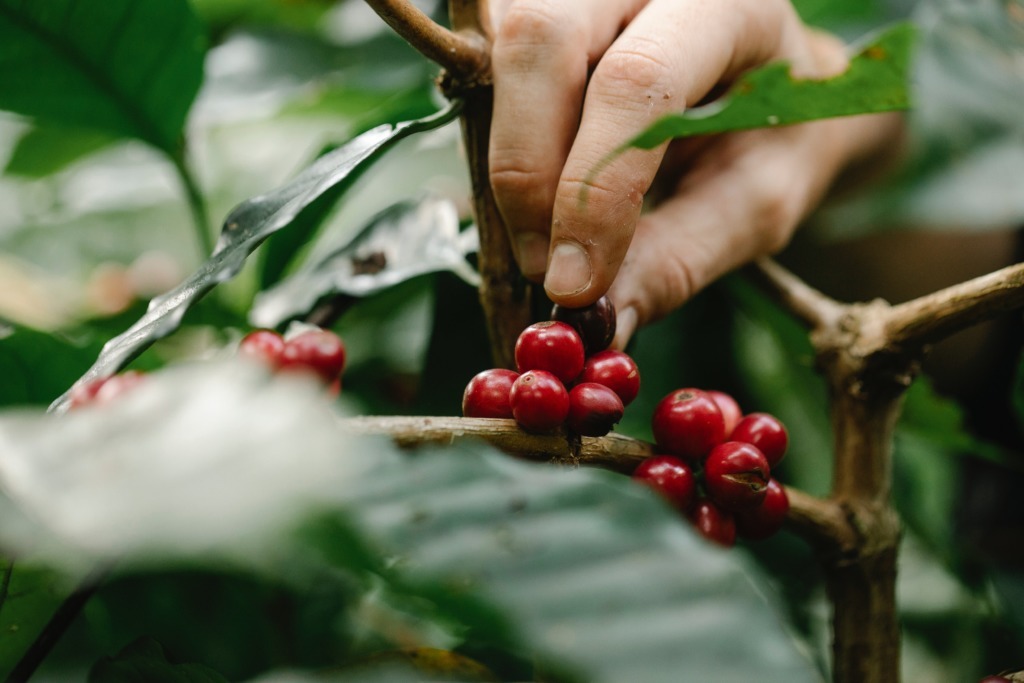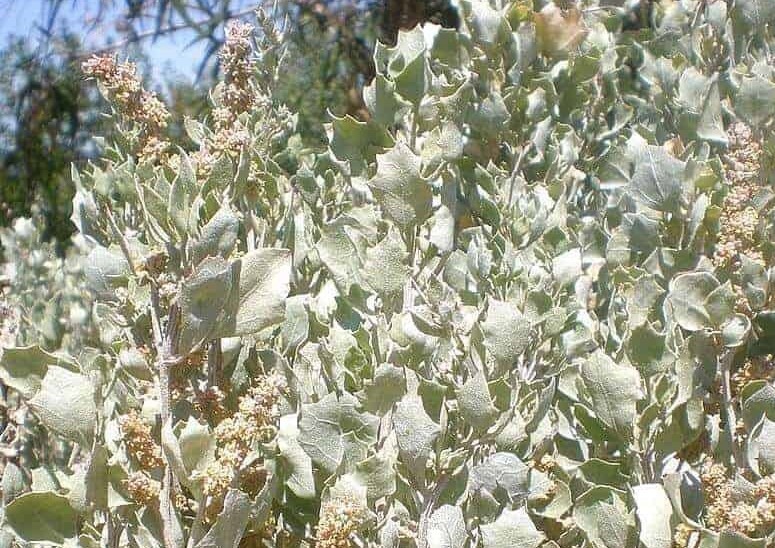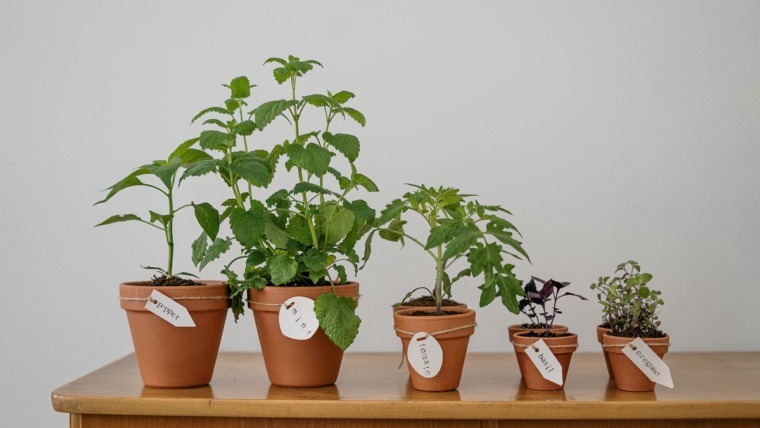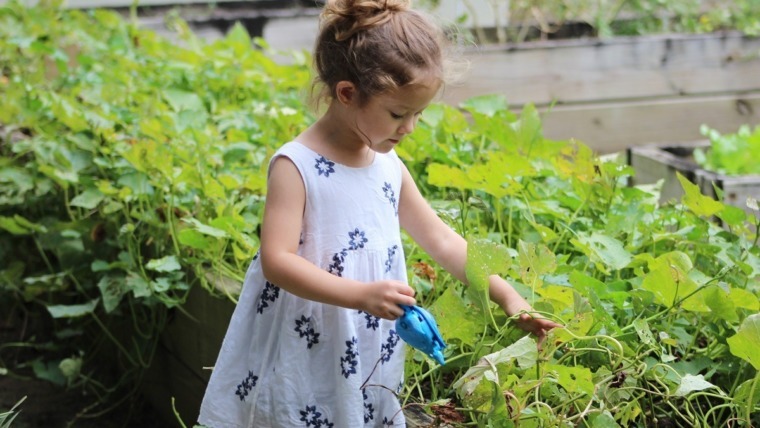
Written by Toni Salter
When it comes to growing your own food at home, we immediately think of a few pots of herbs, a garden bed full of veggies and a couple of citrus trees in the backyard.
But let’s stop and think about what is right under our own noses that could be an easy plant to grow for food and flavourings. What Australian native plants are we under-utilising that we could grow instead of the traditional herbs and veggies in the productive garden?
Indigenous people have lived off bush tucker food from native plants that are endemic to the land they belong to for thousands of years. Their knowledge of which plants to use for bush tucker has been overlooked for centuries and we have much to learn from their native wisdom.
There are many bush tucker plants that can be grown in the home garden easily. It’s also easy to swap traditional ingredients used in many popular dishes with native bush tucker plants instead. Here are 7 easy Australian native plants that you can grow in your garden that will change the way you cook and eat.
1. Warrigal Greens - Tetragonia tetragonoides
Warrigal Greens are an ideal substitute for spinach during summertime. Some gardeners struggle to grow spinach but Warrigal Greens can become a regular self-sown plant that pops up in the garden every year if given the right conditions.

Choose a sunny spot in the garden and prepare your soil or potting mix by mixing in a little bit of compost to help moisture retention and fertilise the plant naturally. Well-drained soil is essential but this bush tucker plant does like to be watered regularly to keep it growing quickly.
It is an annual plant that is grown from seeds (soaked first) and planted in spring. You’ll be rewarded with lush green leaves right through summer. Pick the new leaves and shoots regularly to encourage more to grow. At the end of summer, leave the plant to set seed and it will germinate the following year.
2. Macadamia Nut Tree - Macadamia tetraphylla, M. integrifoIia
The Macadamia is a wonderful tree for the home garden and will provide shade and nuts, in time. You will need to be a patient gardener for this one, however. Like most trees, it will take a number of years to grow and bear fruit, around 7 years or even longer for the first crops. The Macadamia is an investment and provides a structure for a permanent garden. So design carefully and work out where you want it to grow without obstruction before you plant it.
Two of the 4 Macadamia species available will produce edible nuts so make sure you get the right variety. You’ll be waiting a long time for the nut to appear, only to be disappointed if you discover that you’ve got the wrong one.
Look in your nursery for young plants or try to source some dwarf varieties which are ideal for growing in large containers. A good quality potting mix is needed for success. A generous application of compost at planting and every springtime will keep your native bush tucker tree happy.
Macadamia trees are shallow-rooted and will dry out in hot conditions so a good regular water supply is needed. Mulch your garden well to prevent soil from drying out.
Try substituting macadamia nuts when making pesto.
3. Saltbush - Atriplex nummularia

Old Man Saltbush is a very easy bush tucker shrub to grow in the home garden because it can tolerate a wide range of climates, but it MUST have good drainage. It will therefore grow well in sandy soils and large containers with a good friable potting mix. A potting mix designed for Australian Native Plants is ideal.
The Saltbush leaves store salt which makes them a good substitute for using salt in your cooking. Cut some of the soft grey foliage and shred it over a dish to season your meals.
4. Aniseed Myrtle - Syzygium anisatum
Instead of using the Anise herb, use the leaves of Aniseed Myrtle to give you some lovely aniseed flavour. Use fresh or dried leaves for tea, cakes and biscuits. You’ll see other uses for Aniseed Myrtle elsewhere in this edition of E-Bubble Life.
This bush tucker plant is very similar to Lemon Myrtle, growing into a small tree if left to grow. It can be grown in a large container and pruned to keep it bushy and limit the size of the plant.
Aniseed Myrtle is a fairly hardy plant once established not needing much specific care. You will need to give it some protection from frost and wind and water regularly when first planted in the garden to keep it growing well for the first year.
5. Apple Berry/Apple Dumplings - Billardeira scandans
If you like kiwi fruit then you’ll love Apple berries. Although I think they taste a little more like stewed apples, sweet and full of flavour, as the Bush Tucker name Apple Dumplings would suggest. These little fruits (or berries) form after the plant flowers in spring. Pick them when fully ripe to get the most flavour from them. You’ll know they’re ready when the fruit has turned yellow.
The apple berry is best described as a climber or ground cover and grows well under trees where other plants will struggle. It’s a hardy native plant that doesn’t need a lot of care, in fact, the apple berry plant can be almost neglected and you’ll still get fruit.
So this is the native plant for those gardeners who can get a little distracted with life and tend to forget about their garden at times.
6. Finger Lime - Citrus australasica
The Australian finger lime bush tucker plant is not as friendly in the home garden because of its thorns and spikey habit. It is a rough-shaped shrub that is best kept away from paths to avoid scratching your skin. If you can find a safe spot for it, then you will love the fruit. Be patient, however, because it will take a while to produce fruit, usually around 3 to 5 years.
Grow finger limes exactly the same way you would grow other citrus trees.
7. Native Mint -Mentha australis
Native mint is the perfect substitute for common mint. Being very similar to the common mint that we are used to, it behaves in almost the same way. So if you have ever grown mint, then you will know how to grow native mint also.
Like all mints, native mint is fast-growing and likes lots of moisture to keep it growing well. In its natural element, it is found near ponds and streams where the roots can always have access to water. That should be a lesson for us to keep our native mint plants well-watered.
It is great for shady gardens which tend to stay damper than those getting full sun. Built-up city areas that have lots of shadows and shade will be ideal locations for growing native mint.
Because it is fast-growing and can become quite weedy if planted directly in the ground, the native mint plant is best kept in a large pot or container. Great for balcony gardens.
Fertilising Your Bush Tucker Plants
While we often think that native plants will be “set and forget” types of plants, a little bit of TLC can go a long way and help you to increase your harvest. A good native plant food like Neutrog, Bush Tucker pellets, scratched into the soil or potting mix 2 or 3 times a year can improve the quality of your plants and keep them growing well.
7 Bush Tucker Plants To Grow At Home 7 Bush Tucker Plants To Grow At Home
7 Bush Tucker Plants To Grow At Home



